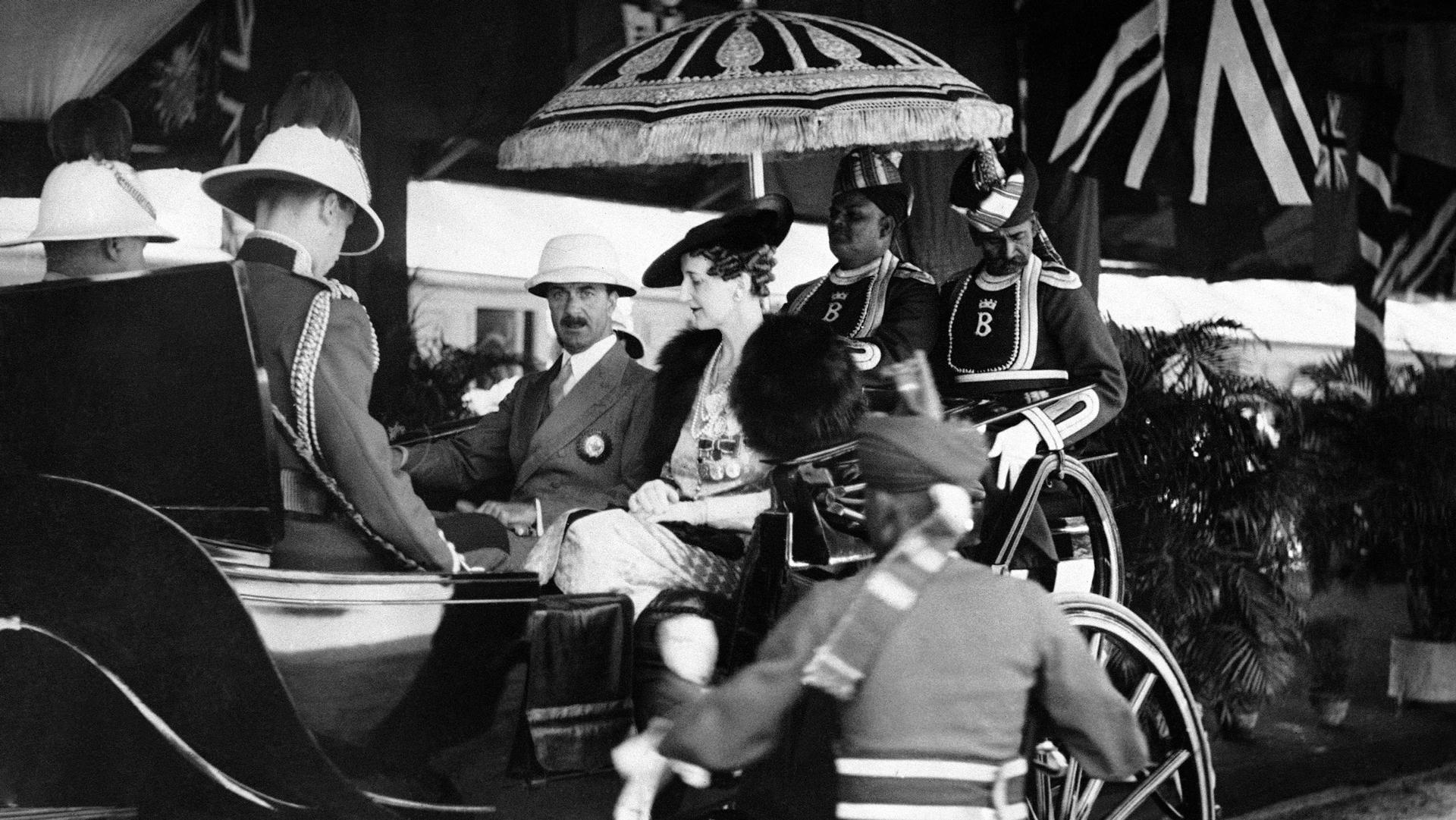This analysis was featured in Critical State, a weekly foreign policy newsletter from Inkstick Media. Subscribe here.
The role of the East India Company (EIC) in modern state formation is hardly unchartered territory. The company, chartered in 1600, was both an extension of the power of the British crown and also an agent free to act beyond it. From the start, the EIC could call upon the Royal Navy for its own purposes, and over the course of the next century, it gained more and more ability to function in a way we might expect a nation to operate. The EIC gained the ability to raise its own ships and soldiers in 1661, as well as the freedom to set or break peace.
Related: Archetypes of autocracy: Part I
“In 1669, the Company was granted control over Bombay (which had been gifted to Charles II by the Portuguese in his dowry), which was the first mention of sovereignty in the charters: ‘Cede Bombay together with all the Rights, Profits, Territories and Appurtenances thereof, and as well the Property as the direct, full and absolute Dominion, and Sovereignty of the said Port and Island.’ As of 1677, the Company could mint its own money,” writes Swati Srivastava.
Srivastava is the author of “Corporate Sovereign Awakening and the Making of Modern State Sovereignty: New Archival Evidence from the English East India Company,” a paper published March 4 by the Journal of International Organization. In it, she outlines how the East India Company claimed sovereignty for itself through war, and in turn, these claims forced a reckoning within the chartering state, one that ultimately resolved in the favor of the sovereign power of the company over the state, rather than the autonomy of the company-state within the state.
Related: Archetypes of autocracy: Part II
The East India Company’s exploits are almost fantastical to describe — that a company built around seeking profits from the spice trade ended up ruling over a population twice as numerous as that of the sovereign who chartered it. Through victory in a war against local Mughal ruler Siraj ud-Daulah in 1757, the East India Company came to be the sovereign ruler in Bengal, adding the tax revenues from a population of millions to its sources of revenue.
In making a claim to the tax revenues as exclusive to the Company, and not due in proportion to the Crown as well, the East India Company provoked parliament. This claim became the site of a series of fights between the company and parliament about the very nature of the Company’s sovereignty, especially as it related to the authority that had granted it rights and privileges in the first place.
“While eliminating the use of nonstate actors for sovereign functions was critical for institutionalizing nonintervention norms among late modern European states,” writes Srivastava, “the EIC’s history underscores that states also confronted nonstate actors as sovereign rivals that could no longer be left unchecked.”
Massive companies can wield tremendous power beyond the control of the state, enough as Srivastava’s research shows to establish their own independent claims to sovereignty based purely on the company’s success at military conquest. This research complicates a tidy understanding of sovereignty as flowing from the state down, and instead shows that such a modern understanding of power had to be actively fought for by the state, in order to subordinate rivals to its monopoly on force.
Critical State is your weekly fix of foreign policy analysis from the staff at Inkstick Media. Subscribe here.
